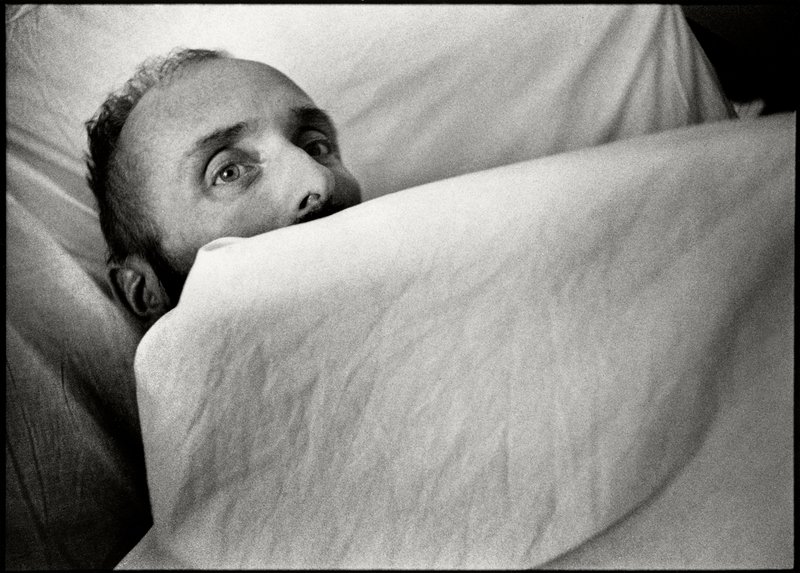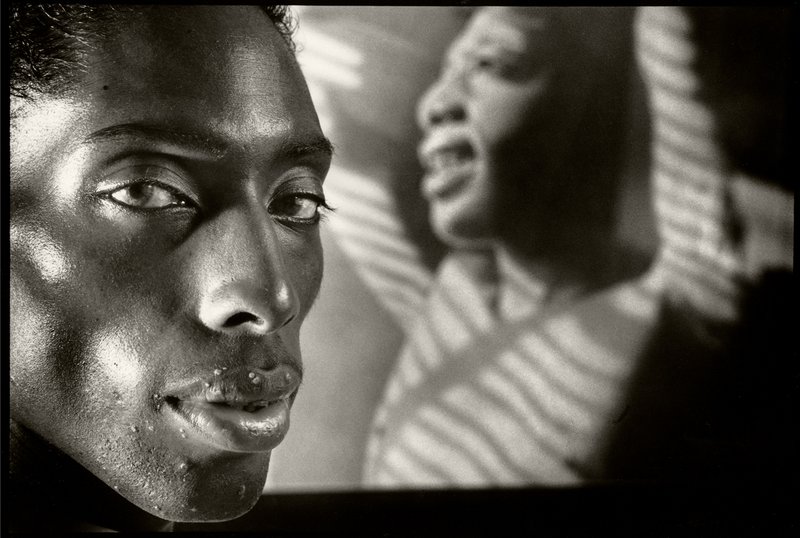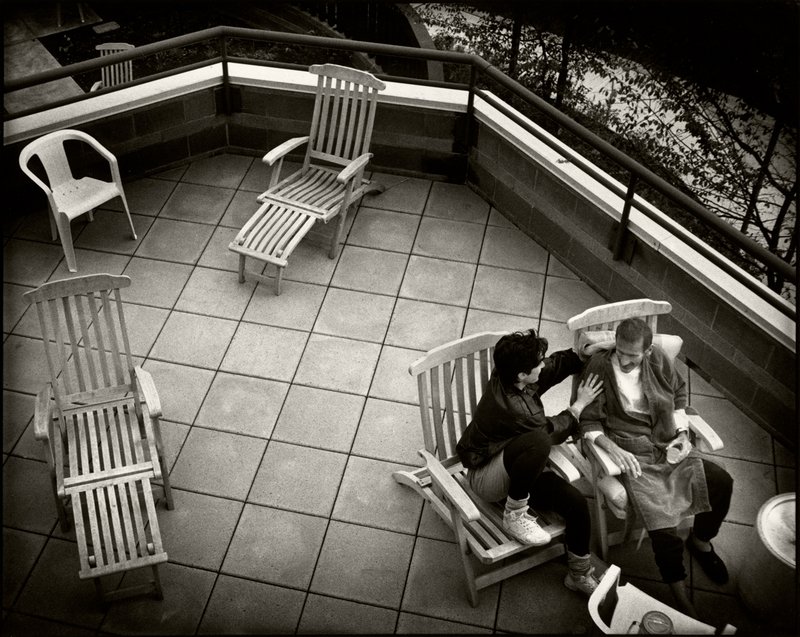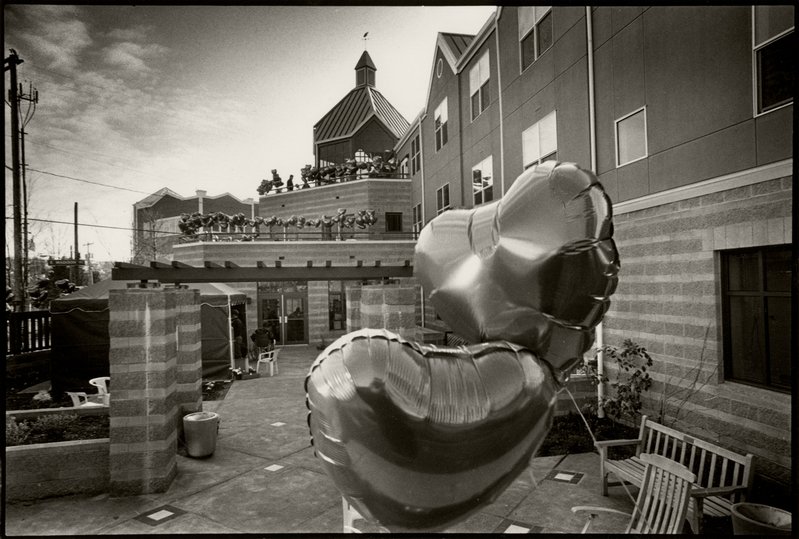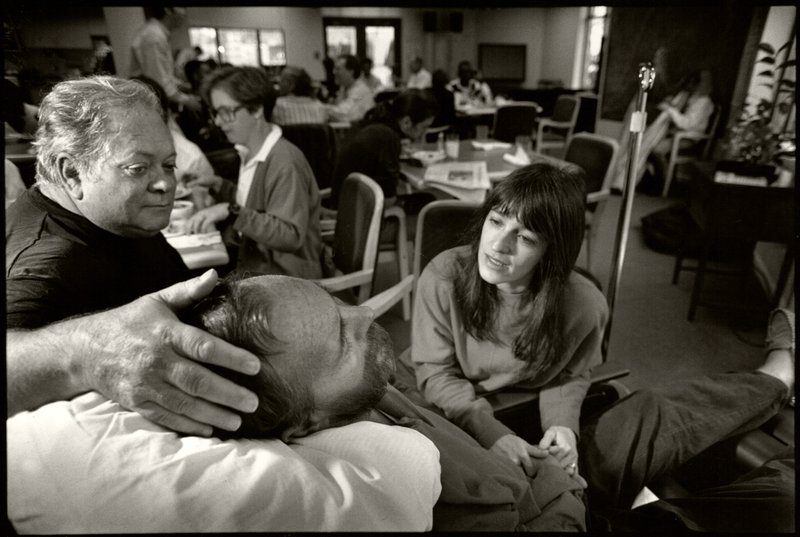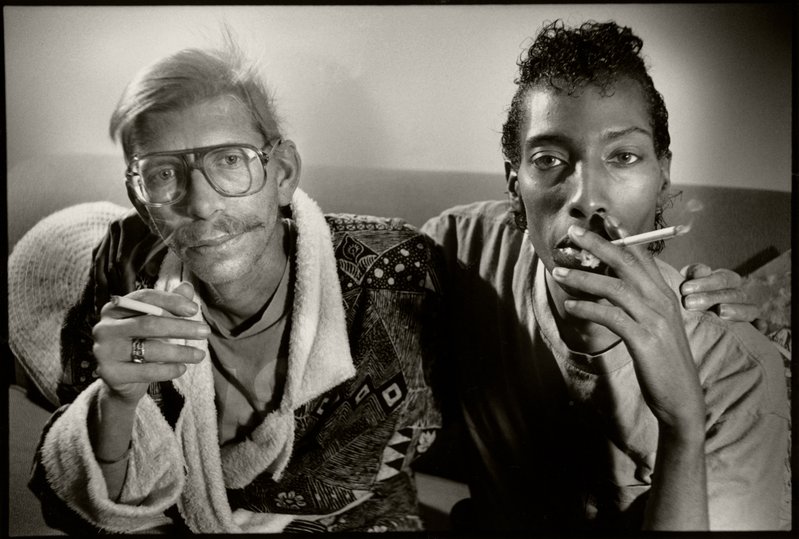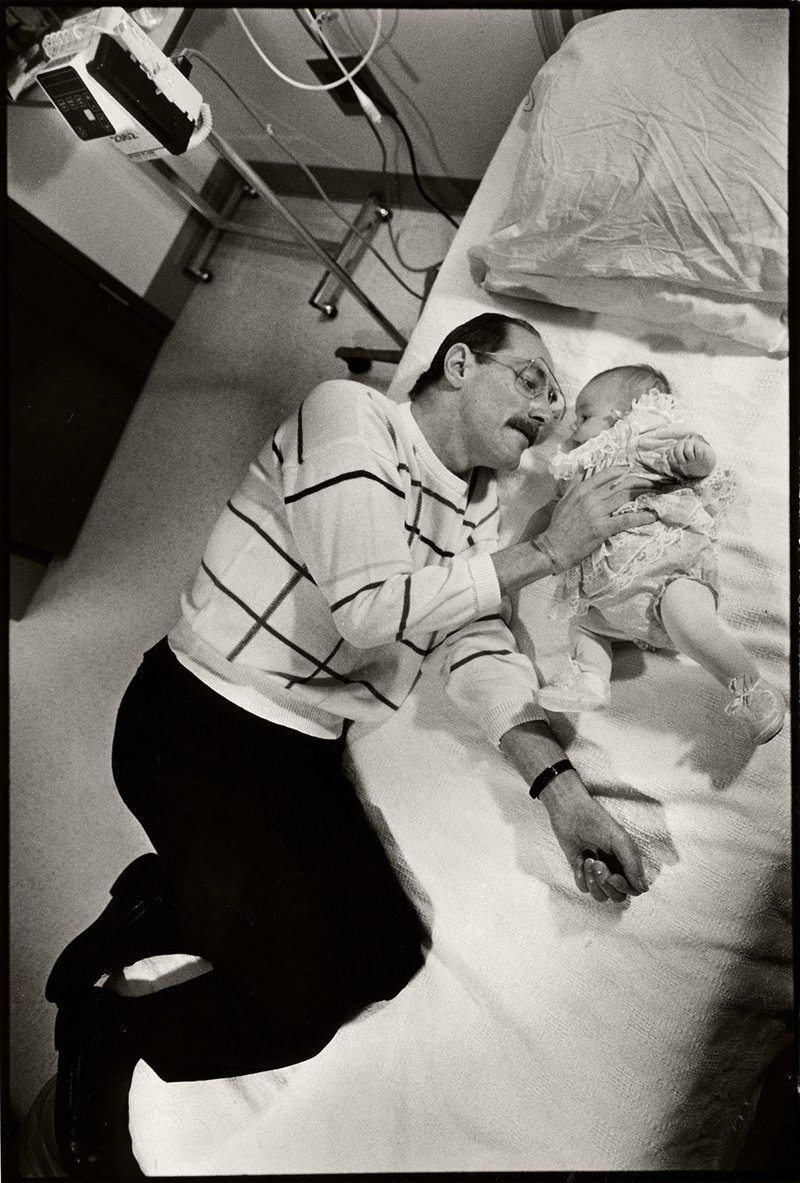House of Angels
House of Angels
Saul and Sandra: House of Angels
House of Angels
Living with AIDS at the Bailey-Boushay House: 1992-1995, 1997
The early 1990's were an extraordinary time of caregiving and healing when the community in Seattle, WA. came together to provide comfort and end of life care to hundreds of people who were battling AIDS at the Bailey-Boushay House, America's 1st nursing care residence and day health program for HIV/AIDS patients in the USA.
Our main focus and purpose in documenting the devastation of the AIDS epidemic and the resilience of its victims, came from a humanitarian point of view recognizing that AIDS is an outrage. We wanted to make truthful and intimate portraits that would touch the compassion and empathy of the viewer, so that the photo essay would lead all of us to a richer and more profound understanding and awareness about this horrific disease.
We wanted to humanize the disease - to compel the viewer to say "this could be me," to educate people who didn't see AIDS victims face to face; and, to show the dignity and loving care that the Bailey-Boushay House community - the staff, volunteers, and families - provided to people living with AIDS in their last stages of life.
It gave us immense satisfaction that the portraits gave many of the patients a new sense of self esteem as they still felt worthy and important to be photographed and that they trusted us to tell their story and share it. These portrait sessions were referred to as 'Photo Therapy' for the clients as we searched for what made each person unique and special.
We would like to dedicate this project to all of the patients, their families, and the caregivers who shared their brave stories with us.
When we started working on this photo essay, we knew that this was going to be the challenge of our career and this same question came up: do we have the storytelling skills to tell this heartbreaking story of young men dying from AIDS in the prime of their lives?
With Eugene Smith’s ‘Minamata’ and Bruce Davidson’s ‘East 110th Street’ as our inspirations and models for how to create and build this story, we set out to build relationships with 5-8 patients during every phase of the project, their families, friends, the nursing staff and the volunteers for almost three years.
Our main focus and purpose in documenting the devastation of the AIDS epidemic and the resilience of its victims, came from a humanitarian point of view recognizing that AIDS is an outrage. We wanted to make truthful and intimate portraits that would touch the compassion and empathy of the viewer, so that the photo essay would lead all of us to a richer and more profound understanding and awareness about this horrific disease.
We wanted to humanize the disease - to compel the viewer to say, “This could be me.” We wanted to educate people who didn’t see AIDS victims face to face and to show the dignity and loving care that the Bailey-Boushay House community - the staff, volunteers, and families - provided to people living with AIDS in their last stages of life.
We believed that the prints for this project needed to have a spiritual quality to them, that they needed to sing, and so I (Saul) printed the photos to music that moved me emotionally, for I knew that my feelings would somehow transition to the prints. When Sandra heard Gregorian chants and Israeli folks songs from the 1930’s-1950’s, she knew that I was printing the ‘House of Angels’ photographs and not another photo shoot we had done.
When we started working on our photo essay, ‘House of Angels - Living With AIDS at the Bailey-Boushay House: 1992-1995, 1997,’ we knew that this was going to be the challenge of our career and this same question came up: do we have the storytelling skills to tell this heartbreaking story of young men dying from AIDS in the prime of their lives?
With Eugene Smith’s ‘Minamata’ and Bruce Davidson’s ‘East 110th Street’ as our inspirations and models for how to create and build this story, we set out to build relationships with 5 - 8 patients during every phase of the project, their families, friends, the nursing staff and the volunteers for almost 3 years.
Our main focus and purpose in documenting the devastation of the AIDS epidemic and the resilience of its victims, came from a humanitarian point of view recognizing that AIDS is an outrage. We wanted to make truthful and intimate portraits that would touch the compassion and empathy of the viewer, so that the photo essay would lead all of us to a richer and more profound understanding and awareness about this horrific disease.
We wanted to humanize the disease - to compel the viewer to say “this could be me,” to educate people who didn’t see AIDS victims face to face; and, to show the dignity and loving care that the Bailey-Boushay House community - the staff, volunteers, and families - provided to people living with AIDS in their last stages of life.
We believed that the prints for this project needed to have a spiritual quality to them, that they needed to sing, and so I (Saul) printed the photos to music that moved me emotionally, for I knew that my feelings would somehow transition to the prints. When Sandra heard Gregorian chants and Israeli folks songs from the 1930’s - 1950’s, she knew that I was printing the ‘House of Angels’ photographs and not another photo shoot we had done.
In 2015, around 20 years after completing the ‘House of Angels’ project, we gave a presentation at SF Cameraworks and afterwards there was a panel of 4 people from the ‘Long Term HIV Survivors’ community in San Francisco. It was a community we didn’t know much about, and we became inspired by their stories of courage and perseverance.
On this night, 2 important things happened: the first is we realized that we had experienced severe trauma while working on the ‘House of Angels’ project. When this moment of clarity came to us, it all began to make sense of why we had basically put the project away for almost 20 years and not shown it or talked much about it.
The fact that everyone we had photographed for this project from 1992-1995 had passed away from AIDS, had eventually hit us and hit us hard, so much that we just put the boxes of prints away for a very long time.
When we were working on the project, we did the best we could to keep our wits about us and to stay focused on the purpose of the photo essay. But once we completed it and talked about our experiences, about the great people we got to know and who had eventually died, it became difficult to process and to come to terms with.
On this night we learned that this kind of thing often happens with people who have experienced some kind of trauma in their lives - which is that they are unable to deal with their trauma for around 20 years.
And the 2nd was that we realized that telling the story of the ‘Long Term HIV Survivor Community’ was a story that we wanted to tell. We were looking for a new project to grab onto, and we quickly connected with several people and began to do their portraits, as well as photos of the ‘LTHS community’ at the events that were happening in San Francisco.
This project has now become the ’Portrait of the AIDS Generation’ photo essay, which is about the people who have been living with the HIV virus since the early days of the AIDS pandemic - they are now in the 50’s, 60’s and 70’s, living lives they never expected to have, lives that have been riddled with isolation and loneliness and with the high expenses of medications and healthcare visits, declining health, untreated substance abuse, and mental health problems. They want their stories of strength and perseverance told, stories that are inspiring and heartbreaking.

